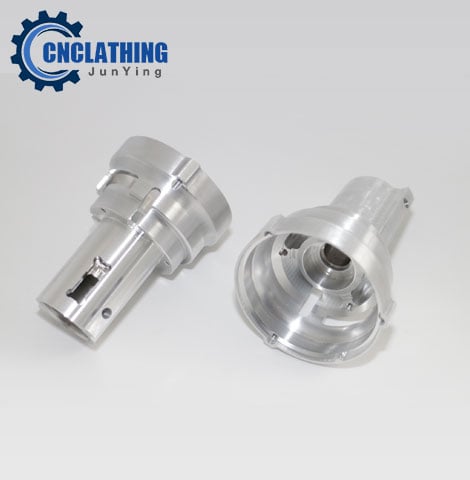– Number of axes: 3-axis CNC machines have movement in three axes (X, Y, and Z), while 5-axis CNC machines can move in five axes (X, Y, Z, A, and B). This additional degree of freedom allows for more complex and precise cuts.
– Flexibility: 5-axis CNC machining offersgreater flexibility than 3-axis because they can approach the workpiece from any angle and can machine complex geometries in a single setup. This reduces the need for multiple setups and improves accuracy.
– Efficiency: 5-axis machining centers areusually more efficient than 3-axis machines for machining complex parts. With 5-axis machines, multiple operations can be performed simultaneously, reducing the machining time and increasing productivity.
– Precision: 5-axis CNC service can produce parts with higher precision and accuracy than 3-axis machines. The additional axes of motion allow for more precise control over the cutting tool and the workpiece, resulting in tighter tolerances and smoother surface finishes.
– Cost: 5-axis CNC machining is generally more expensive than 3-axis due to their added capabilities and complexity.






